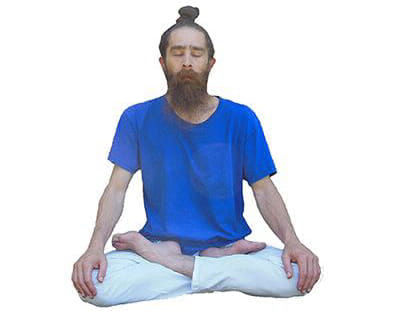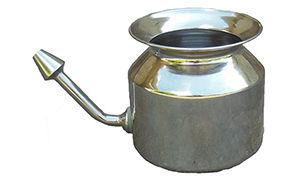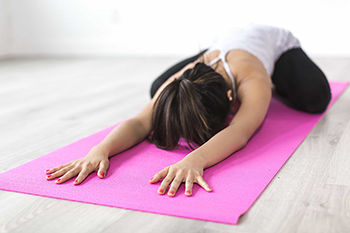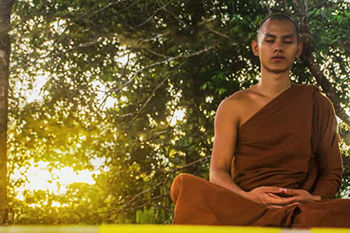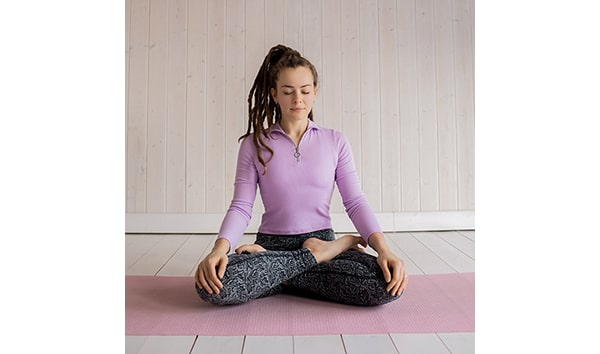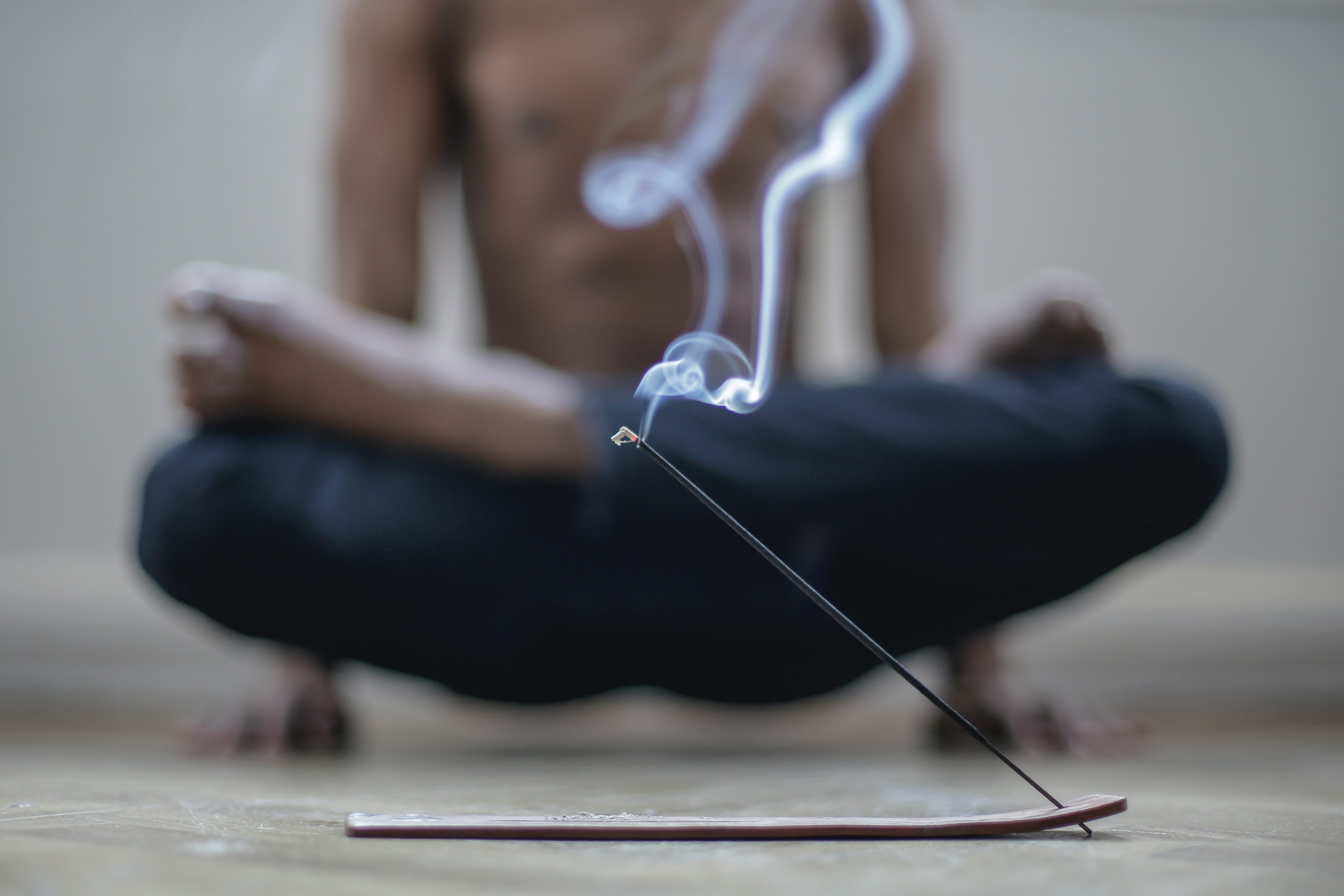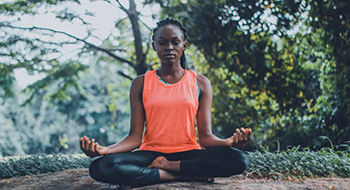In Sanskrit, Ashwini means "horse" and Mudra means "gesture." This practice is a Adhara Mudra meaning "perineal gesture” practice and is described in the Hatha Yoga Pradipika, Gheranda Samhita as well as the Shiva Samhita.
This Mudra is described as a practice that invigorates the body, cures issues of the rectum and awakens Kundalini which activates Muladhara Chakra.
This practice translates to The Gesture of The Horse because horses are known to preform this practice.
This practice has two techniques, the first is a practice of rapid contractions while the second practice incorporates the retention of the breath.
